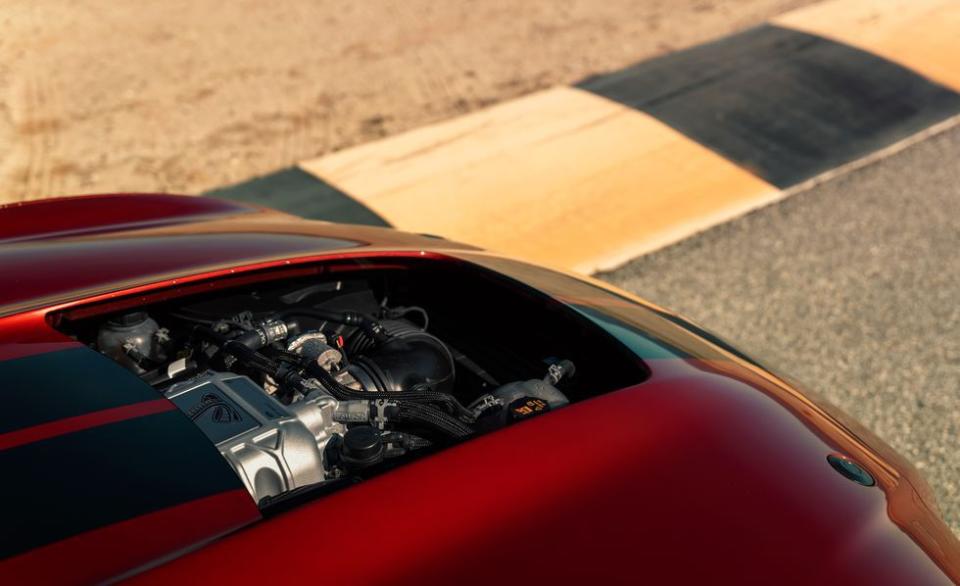The New Ford Mustang Shelby GT500 Uses the Same Supercharger as the Chevrolet Corvette ZR1

There's an old saying in the muscle-car world. Although it's a tad bawdy to repeat verbatim here, the basic idea is that the protagonist would rather see his sister earning her living in a house of ill repute than see his brother driving an insert name of muscle car that is the subject of your derision here. That's just how deeply the battle lines in the Ford versus Chevy muscle-car wars were drawn back in the day (Mopar guys just hated everyone). But this time around, thanks largely to manufacturers' dependence on the supplier market for key components of their performance strategy, the modern muscle segment has become a bit incestuous.
The latest example of this shared genealogy is the 2.7-liter supercharger found riding atop the 5.2-liter V-8 in the brand spankin' new 2020 Ford Mustang GT500. It's supplied by the Eaton Corporation, and Ford tells us that the Roots-type supercharger's model designation is TVS R2650, which by all outward appearances and model numbers appears to be the same unit that sits atop the 6.2-liter LT5 V-8 found in the Corvette ZR1. While no one at Ford or Chevrolet is commenting, they didn't outright deny it, either. For the tiebreaker, we called Eaton, where a friendly type took our contact info and told us they'd "get back to us." A spokesperson called back later and informed us that "The GT500’s supercharger has the same base rotors as the Vette, but everything around it has been redesigned/customized for this application." Given that the rotors are the heart and soul of any supercharger, the redesign likely deals primarily with packaging and cooling concerns.

Leaving that statement aside for a moment, let's look at the details surrounding the commonality: First and foremost, both manufacturers fully concede that the model number on their respective vehicles is the Eaton TVS R2650. It makes 14.0 psi in Chevrolet Corvette ZR1 guise, and Ford says it makes 12.0 psi in Mustang GT500 trim. That in itself is not a disqualifier; supercharger boost can be increased or decreased by simply changing the size of the drive pulley to alter the rpm of the rotors at any given engine rpm. In fact, Carl Widmann, Mustang chief engineer, told C/D that although aftermarket tuners would be tempted to increase the boost by fitting an undersize pulley, they shouldn't because it will negatively affect the holistic tuning approach used to develop the entire powertrain. Or it'll just grenade the motor and he was being diplomatic. Either way, the Blue Oval people who designed it say don't do it.
Eaton says the TVS R2650 can develop up to 14 psi and operate at a maximum of 18,000 rpm. Additionally, the company notes that it is "the newest and largest TVS model" and is the "perfect choice when you need to flow massive amounts of air." So while we're still awaiting official confirmation, neither Ford nor Chevy would be making so much horsepower without the heavy breathing provided by Eaton. We'll be sure to stay on the story and update if either of the manufacturers offers additional insight.
('You Might Also Like',)

 Yahoo Autos
Yahoo Autos 